Where should a saint rest in peace?
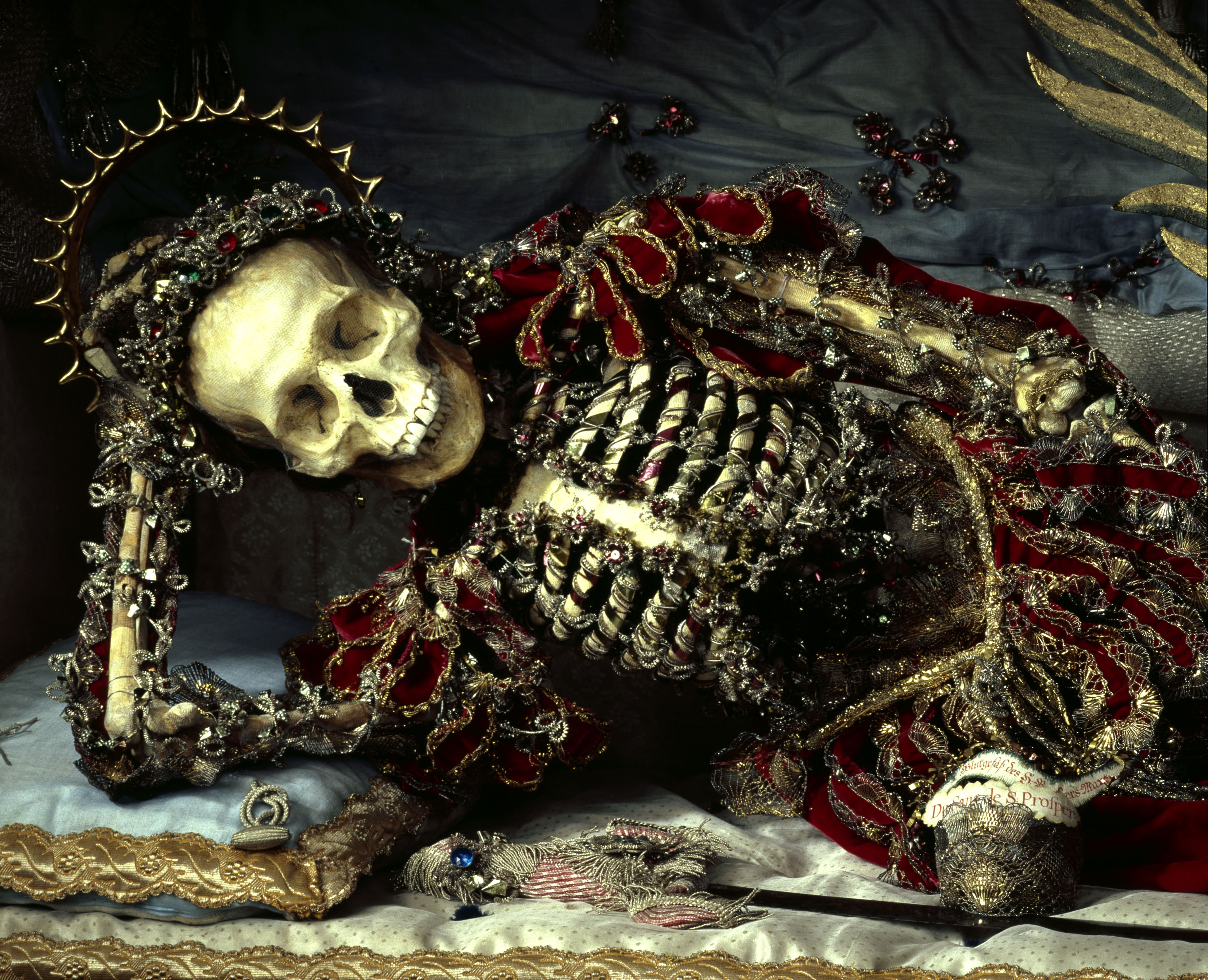
Turkey is demanding the return of remains believed to belong to Nicholas of Myra. One femur (thigh bone) has been kept in Fribourg Cathedral since 1506. But who exactly has the right to decide on a saint’s final resting place?
For over 900 years, most of the (presumed) bones of St Nicholas, the 4th-century saint on whom Father Christmas is based, have been in Italy, since sailors from Bari in southern Italy carried them off from Myra – now Demre – in Turkey.
The Turkish culture minister said in 2009 that Turkey wants the relics back, and Turkish archaeologist Nevzat Cevik has now raised the issue again, provoking a flurry of interest in the Swiss – and international – press.
But as Cevik explained to swissinfo.ch, all he has done is launch a trial balloon, suggesting that Bari should return the skeleton to Myra.
“I’ve prepared a paper about the issue. I’m waiting for a reaction from the pope or others from Italy or the Vatican. I don’t know yet what they are thinking. When I learn what the pope thinks, then perhaps I’ll send him my paper,” he said.
“I suppose they won’t want to give them back, of course.”
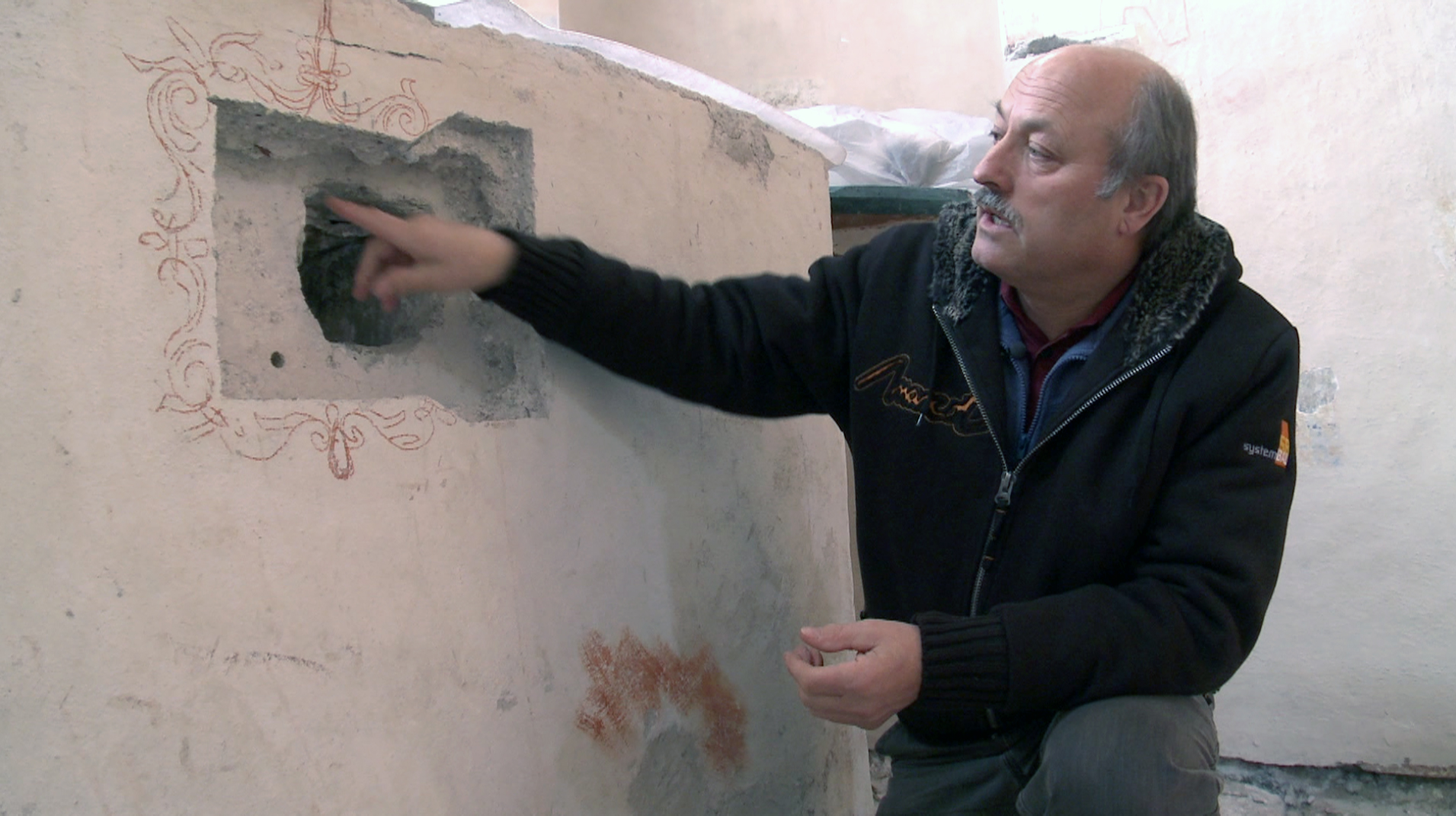
More
Quest for a lost relic of the Holy Cross
Media frenzy
Cevik has not even mentioned Fribourg – though, when asked, he said he hoped one day the entire skeleton would be reunited in Demre.
But as far as reactions go, he need not wait for the pope.
Claude Ducarroz, provost of Fribourg Cathedral, has been bombarded with requests from journalists wanting to know what he thinks.
“I’m not shocked at the request, but the answer is clear: it’s ‘no’,” Ducarroz told swissinfo.ch.
He puts forward three reasons why the relic should stay where it is.
“It is part of the religious heritage of the cathedral, which is dedicated to St Nicholas. Then St Nicholas is very important in the city’s traditions: the relics are part of his mystic presence in Fribourg. Then there is the historic aspect: the reliquary containing the relic was made in 1514, so it’s important to people.”
For Cevik, a 500-year-old tradition – or 900 in the case of Bari – is irrelevant.
“Time is nothing. Originality is everything.”
St Nicholas was the bishop of Myra (now Demre); he died in the middle of the 4th century. At the time, the area was ruled by Byzantium.
According to legend, about half his skeleton was taken from his tomb from Myra by sailors from the southern Italian town of Bari in 1087, despite the objections of the Orthodox monks who had charge of it.
One version of the story describes the sailors as pirates; another says the saint appeared to them in a vision and commanded them to take his body to save it from imminent Muslim conquest. The rest of the bones were taken later by Venetian sailors.
His femur was sent first to the Abbey of Hauterive in canton Fribourg in 1405 and transferred to the cathedral in 1506.
In many western European countries St Nicholas became associated with the giving of gifts on his feast day, December 6.
In many Catholic areas of Switzerland there are special St Nicholas celebrations on December 6. In Fribourg he rides through the streets, throwing sweets to the children.
He subsequently developed into the figure of Santa Claus, otherwise known as Father Christmas.
What is a relic?
One major question believers still have to deal with is whether the relics are authentic.
“It’s always important that they should be genuine. Only a genuine relic brings you into contact with the saint,” theologian and religious historian Othmar Keel told swissinfo.ch.
He makes a clear distinction between a relic that creates a direct contact with the saint, and a reminder, such as a photograph. “A reminder is an appeal to the intellect; a relic is an appeal to the senses. You must be able to touch it.”
Ducarroz is slightly less categorical: he hopes the relics are genuine, although he admits that in the case of St Nicholas it is impossible to be 100 per cent certain.
“Some people can say: ‘It’s certain St Nicholas existed. Perhaps the relics don’t belong to him, but when I see them I think of the person who did exist.’ But I’m a bit more western than that. I would say that if there are indications that they are authentic, I feel easier about venerating them.”
Whatever the reticence in western Christendom, the cult of relics is still strong in the eastern churches, where St Nicholas is extremely popular. Many of those who come to Fribourg belong to the Russian Orthodox church.
“They don’t worry if the relics are genuine or not. For them, St Nicholas is present in some way,” Ducarroz said. “The other day the sacristan showed the relic to a group of Russians: they knelt down and prayed and sang for half an hour. We westerners wouldn’t do that.”
“For them it is a symbolic link with the person, who, in the communion of saints, intercedes for us.”
Where is St Nicholas at home?
Some critics of the Turkish request for the bones suspect purely mercenary motives behind it, something Cevik strenuously denies.
“We don’t need the body of St Nicholas for tourism. People are coming anyway.”
The vast majority of visitors are Russian Orthodox pilgrims, who come and pray at the empty tomb in the museum.
But it is clear to Ducarroz that relics belong in a church. “I don’t see that there are any reasons to remove the relic from here and put it in a place where the Christian context is lacking, a museum context in a Muslim country.”
But he welcomes the idea of a museum that will celebrate this “great citizen of Myra”, and would be happy to cooperate, for example by sending photocopies of documents about the impact of St Nicholas on Fribourg.
He stresses that the Nicholas relics were not stolen from Muslims: they were never in Muslim hands.
Cevik turns that objection around. “At the time of St Nicholas there were no Muslims. He was working to spread Allah’s religion – the same Allah – so he is important for Muslims too. There were very few Christians in Europe then. They built early Christianity in this land, and then took it to Europe.”
One of the many objections raised in the western coverage of the story is that as a Christian saint, Nicholas’s place is in a Christian country. Cevik disagrees.
“To me, he is a holy man for Islam, because Islam and Christianity have the same God. If we could ask him, I am sure he would want to go back to his own tomb.”
In mediaeval times the relic cult was extremely popular. The containers they were kept in – reliquaries – were often exquisite works of art. There was supposed to be a relic in every church altar.
Relics found their way around Europe, sometimes as gifts between rulers in a highly political context.
Pope Julian II was instrumental in getting the femur sent to Fribourg. Fribourg was an up-and-coming power at the time, and – like other Swiss cantons – was involved in the Italian wars which pitched France against the pope.
The relic was, and still is, part of Fribourg’s new-found identity.
But the relic tradition in general gave rise to many abuses, and came roundly under attack during the Reformation in the 16th century.

In compliance with the JTI standards
More: SWI swissinfo.ch certified by the Journalism Trust Initiative
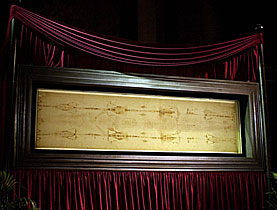
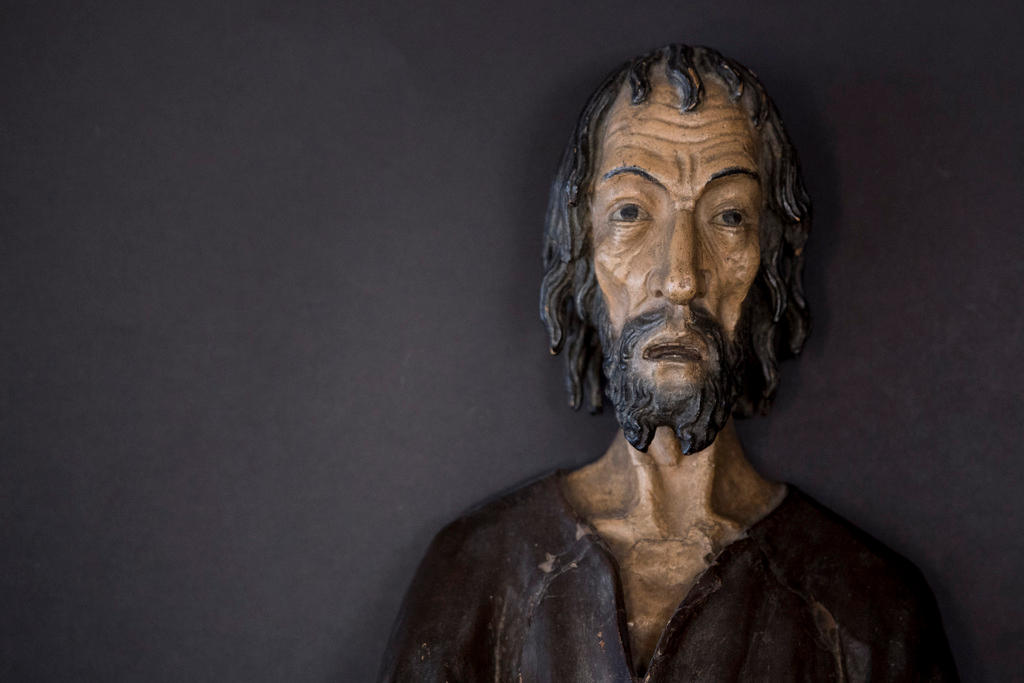
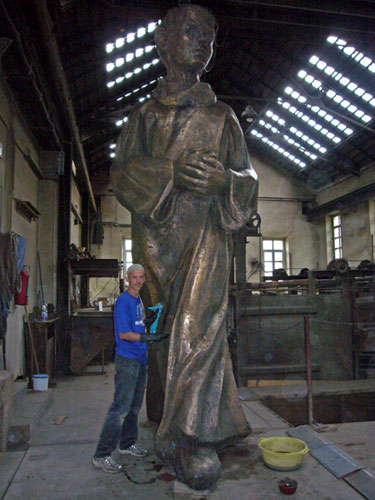

You can find an overview of ongoing debates with our journalists here. Please join us!
If you want to start a conversation about a topic raised in this article or want to report factual errors, email us at english@swissinfo.ch.